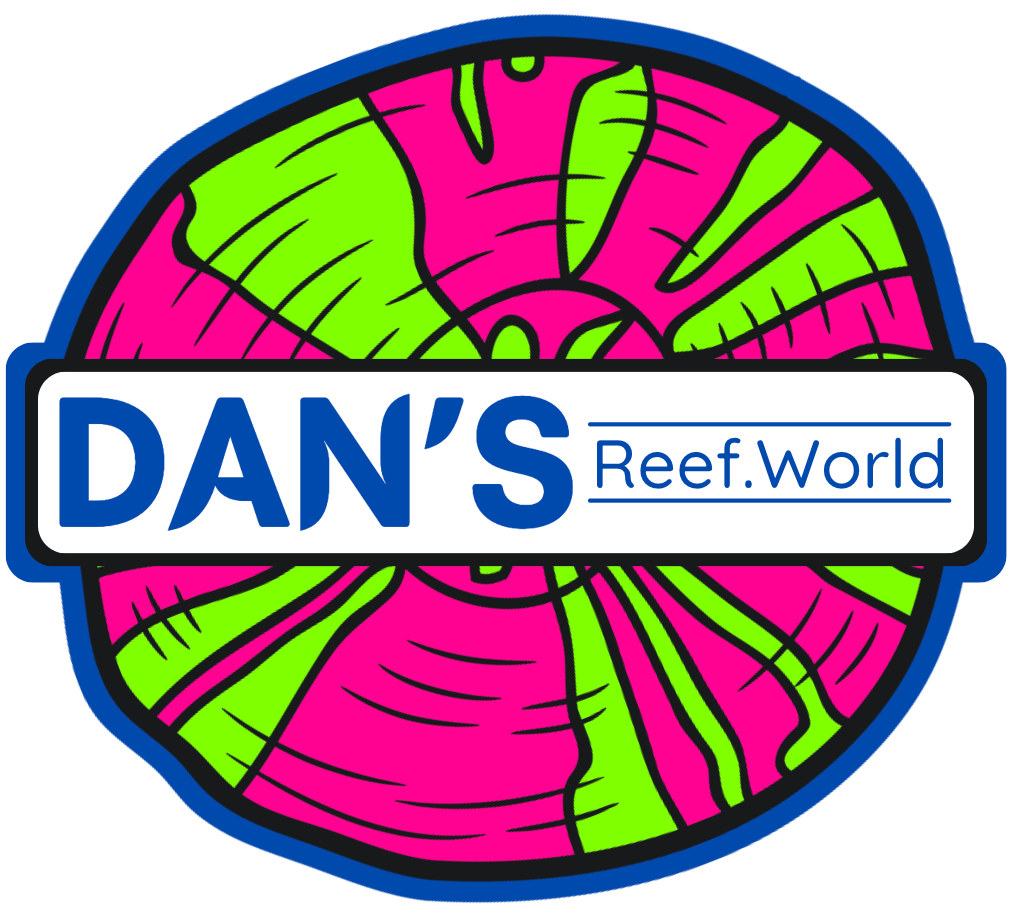Intro - Family Pectiniidae
Coral reefs are among the most vibrant and diverse ecosystems on Earth, playing a crucial role in marine biodiversity and ecological health. Among the many coral families that contribute to these underwater wonders, the Pectiniidae family stands out for its unique features and fascinating behavior. In this blog post, we’ll delve into the characteristics of Pectiniidae corals, their ecological roles, and the conservation challenges they face.
-
The Pectiniidae family, commonly known as "horn corals" or "scallop corals," includes various stony corals primarily found in warm, shallow waters of the Indo-Pacific region. Notable genera within this family include Pectinia and Echinophyllia Pectiniidae corals are characterized by their intricate, fan-like structures and unique polyp morphology, making them visually striking components of coral reefs.
One of the defining features of Pectiniidae corals is their complex skeletal structure. Many species exhibit a fan or leaf-like appearance, with prominent ridges and valleys that create a stunning visual effect. Their polyps, which can be quite large, extend out from the skeleton to capture food, and they often display vibrant colors, ranging from rich greens and yellows to deep purples and blues.
-
Pectiniidae corals are particularly interesting due to their ability to expand their polyps during feeding, allowing them to capture plankton and small organisms. They often display a unique feeding behavior, where they can retract their polyps during the day to reduce exposure to sunlight, further enhancing their survival in varied environments.
-
Pectiniidae corals play a vital role in the overall health of coral reef ecosystems. As important reef builders, they contribute significantly to the structural complexity of reefs, providing essential habitats for a wide range of marine organisms, including fish, invertebrates, and crustaceans. Their unique structures create microhabitats that enhance biodiversity and promote a rich community of marine life.
In addition to their structural contributions, Pectiniidae corals help stabilize sediments and mitigate coastal erosion. By binding sediments together, they foster a healthier environment for other marine species and enhance the resilience of the reef ecosystem.
-
Despite their ecological significance, Pectiniidae corals face numerous threats. Climate change is a major concern, as rising sea temperatures can lead to coral bleaching. This process occurs when corals expel their symbiotic algae, resulting in a loss of color and vital nutrients. Prolonged bleaching can weaken these corals, increasing their vulnerability to disease and mortality.
-
Ocean acidification, driven by rising carbon dioxide levels, further threatens the health of Pectiniidae corals by impairing their ability to produce calcium carbonate structures. Additionally, pollution from coastal development, agricultural runoff, and plastic waste disrupts the delicate balance of reef ecosystems, jeopardizing the health of these corals.
-
Addressing the challenges facing Pectiniidae corals requires comprehensive conservation strategies. Establishing marine protected areas (MPAs) is essential for safeguarding these corals and their habitats from human impact. Restoration initiatives, such as coral gardening and transplantation, are being implemented to help revive damaged reefs and support healthy coral populations.
Public awareness and education are crucial in fostering a culture of conservation. By informing communities about the importance of coral reefs and the threats they face, we can encourage sustainable practices and responsible coastal development. Supporting marine conservation organizations and advocating for policies that protect marine ecosystems can significantly contribute to the preservation of Pectiniidae corals.
-
The Pectiniidae family of corals is a remarkable and fascinating component of coral reef ecosystems. Their unique structures, ecological roles, and contributions to biodiversity highlight the importance of conserving these vital organisms. As we confront the growing challenges posed by climate change and human activities, it is crucial to prioritize the protection of Pectiniidae corals and the habitats they support. Together, we can ensure that these extraordinary corals continue to thrive, enriching our oceans and sustaining the diverse marine life that relies on them for generations to come.




